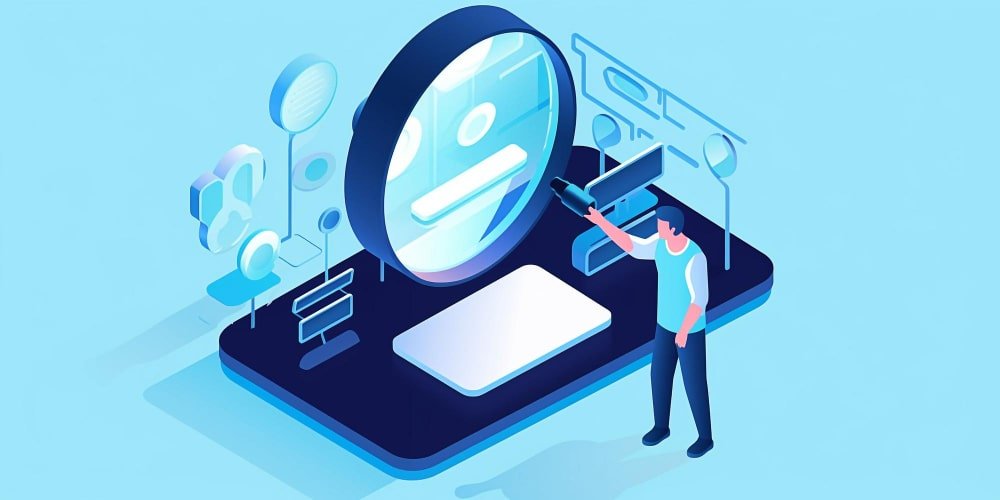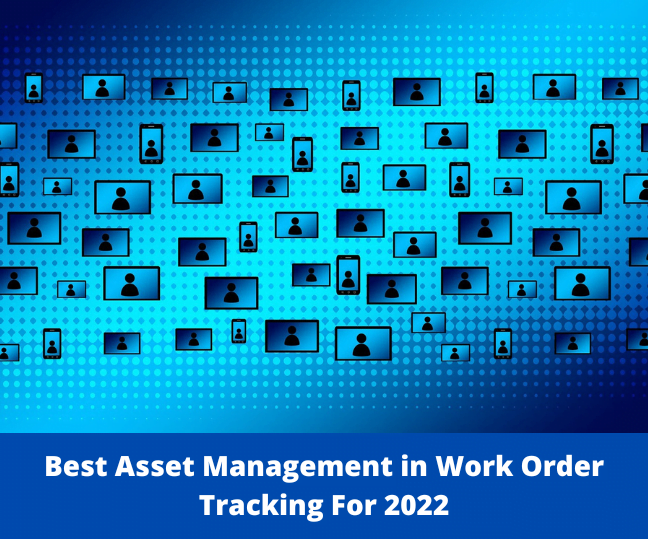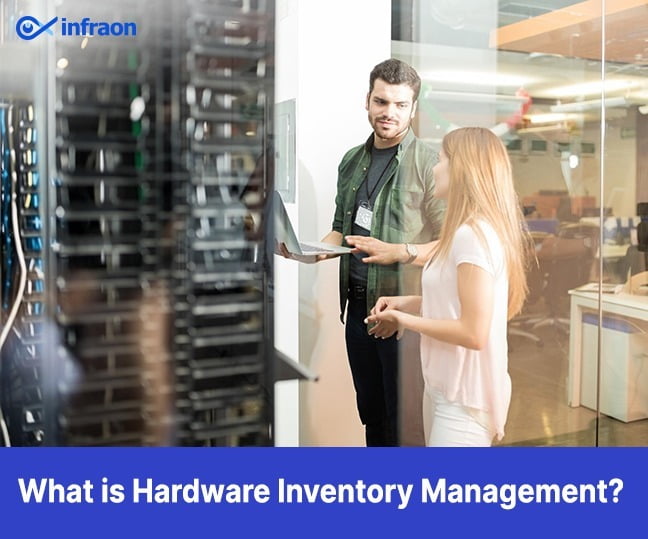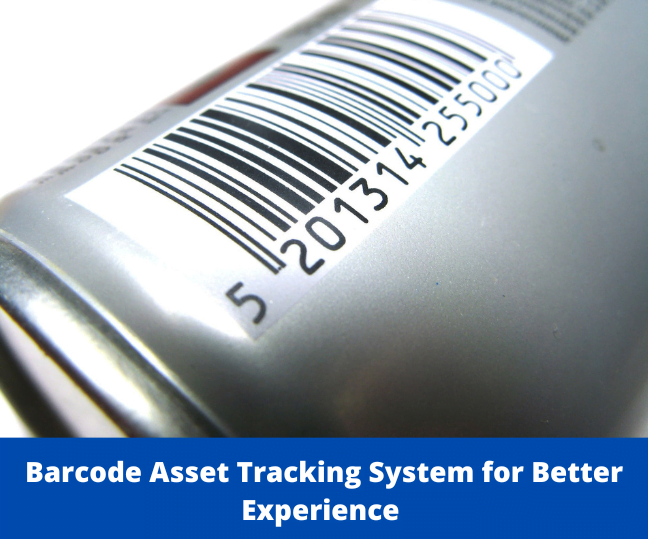A software-as-a-service license audit is a systematic accounting process for managing these digital assets. Managing these licenses is crucial for organizations to ensure compliance, optimize costs, and maintain operational efficiency. However, some challenges make a SaaS license audit a resource-intensive task that requires careful planning, cross-departmental cooperation, and, often, specialized tools for tracking and analysis. These challenges include:
- Software complexity: Organizations often use many SaaS applications, each with its licensing model and terms of service. Tracking and managing these can be complex.
- Decentralized purchasing: SaaS subscriptions can be purchased by different departments without a centralized tracking system, leading to a lack of visibility.
- Dynamic environments: The rapid pace of change in SaaS environments, with users constantly adopting new tools, makes it challenging to maintain an accurate record.
- Compliance and security: Ensuring that all software is compliant with licensing agreements and security policies adds another layer of complexity.
- Resource-heavy: Audits require time and effort from cross-functional teams, often necessitating a pause on other activities.
Related blog: How to Streamline Procurement and Renewals with AI-Driven SaaS License Management
Now, let’s look at a step-by-step guide to conducting a thorough SaaS license audit.
10 steps to conduct a complete Software-as-a-Service license audit
Step 1: Assemble your audit team

A robust SaaS license audit requires a diverse team with expertise across several domains. IT professionals bring technical understanding, procurement offers insight into purchasing histories and contract terms, finance contributes cost analysis, and compliance ensures legal adherence. To build this team, select individuals who have demonstrated a keen understanding of software licensing complexities and ensure they are given the authority to access all necessary information. This team should also have the autonomy to make decisions and the capability to communicate effectively with stakeholders across the organization.
Step 2: Establish the scope of the audit
Defining the scope is not just about listing applications; it involves determining the depth of the audit. Will it cover just the surface-level compliance checks, or will it delve into the detailed usage statistics to evaluate each application’s return on investment? This step also includes setting a timeline for the audit and determining the frequency of future audits. The team clearly defines these elements and sets a foundation for a focused and effective audit. Moreover, this is the stage where the organization should align the audit’s goals with its strategic business objectives.
Step 3: Inventory existing licenses
An accurate inventory requires a multi-faceted approach. Begin by collecting purchase records and reconciling them with actual application access logs. Use technology asset management tools to track the licenses in the system automatically. Conduct surveys or interviews with employees to understand what SaaS tools they use regularly, occasionally, or never. The inventory should be comprehensive, capturing the number of licenses and their types, features, limitations, and associated costs. This data will serve as a cornerstone for the entire audit process.
Step 4: Review usage and compliance
Use the data from your inventory to analyze the usage patterns of each SaaS tool. Look for signs of over or under-utilization and cross-reference this with the terms of service for each application. Compliance isn’t just about legal adherence; it’s also about following internal policies regarding software usage. This step may involve a granular analysis of user behavior and could highlight the need for better training or communication regarding software policies.
Step 5: Assess costs and identify savings

The financial assessment should go beyond the surface-level subscription fees. Consider the total cost of ownership, including indirect costs like support, training, and additional features. Use the insights gained from usage and compliance reviews to identify inefficiencies.
This could mean negotiating better terms with vendors, consolidating duplicate services, or eliminating underused subscriptions. The goal is to ensure that each SaaS subscription is justified from a cost-benefit perspective.
Step 6: Reconcile licenses and users
Reconciling licenses with users is a critical step for both efficiency and security. Ensure that every active user’s software needs are met without excess. It involves updating user roles and permissions to reflect current job requirements. This process should also address the offboarding of employees to ensure that licenses are promptly revoked when no longer needed. This step is iterative and should result in a clear mapping of licenses to users within the organization.
Step 7: Develop a license optimization plan
Create a comprehensive plan that addresses immediate actions and lays out a strategy for continuous license management. This plan should be dynamic, allowing for adjustments as organizational needs change. Include a schedule for regular reviews and updates to the license management process. This plan should be well-documented and accessible to key stakeholders for accountability and ongoing governance.
Step 8: Implement changes and monitor results
The implementation of your optimization plan should be carefully managed. Develop a communication plan to inform users of upcoming changes. Monitor the impact of these changes on both cost savings and user productivity. Set up KPIs to gauge the success of the implementation. Use the results of this monitoring to make data-driven decisions for future license management.
Step 9: Document the audit process and findings
Comprehensive documentation is crucial for maintaining a historical record of the audit process. It should include methodologies used, decision-making processes, and rationales for the actions taken. This documentation is not only vital for internal record-keeping but also for demonstrating compliance with regulatory requirements. It also provides a blueprint for future audits and can be used as a training resource for team members.
Step 10: Establish ongoing SaaS management practices
Developing procedures for ongoing management is the final and perpetual phase of the SaaS license audit. Create policies that cover the entire lifecycle of a SaaS subscription, from procurement to decommissioning. Assign clear roles and responsibilities for managing SaaS licenses and ensure these tasks are incorporated into the daily workflow. Regularly scheduled reviews should be part of this process to adjust to the changing needs of the organization and the evolving SaaS landscape.
Related blog: Everything about SaaS License Management
Final thoughts
The rigorous process of a SaaS license audit is critical for organizations to optimize software expenditure, maintain compliance, and mitigate security risks. It requires systematic analysis, precise data management, and continuous oversight to ensure that SaaS portfolios align with dynamic business needs. After all, a successful license audit drives operational excellence while equipping organizations with the insights to navigate the complexities of modern software usage.



















